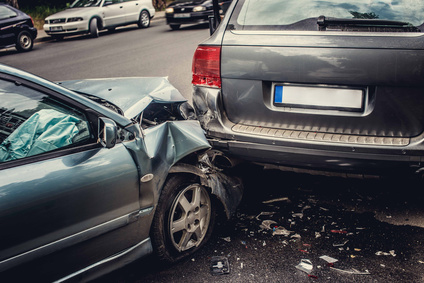Many people who have been in a car wreck end up with serious injury. Car wreck injuries are very different than other injuries because of the forces involved. When driving a car, the minimum speed limits on typical roads is 25 mph (excluding nearby schools, etc.). Therefore, when in a car wreck where you are traveling at 25 mph and an approaching driver drifts into your lane, your combined speeds would be 50 mph.
You can do the math on a more complicated car wreck, but the bottom line is that when in a car wreck, there is always potential for injury. And the greater the speed of impact, the greater the injury.
Another difficulty following a car wreck is healing. What should be done? Who do I treat with? or, Should I just rest?
The tendency of most individuals is to simply rest, initially. This is good. Because it is difficult to know immediately after a car wreck how injured a person is, it is good to take it easy.
Immediately following a car wreck, most people are in a state of mild shock. Adrenalin and endorphins are way up, hiding any pain or injury. One of the most memorable experiences of this was a gentleman who came to my office following a car wreck 30 minutes prior. It was a head on collision in a residential area with a combined speed force of 40 mph. The other driver was drifting into his lane, he tried to slow and move right, but was trapped by cars parked on the side of the road. When he came into my office he felt pretty good. But as we started looking at his neck range-of-motion, he vomited. Because of such a high-velocity automobile accident, he suffered severe ligament sprains and muscular strains of his neck and upper back. Needless to say, it took a number of months to get him better.
My goal with fixing people who have been in a car wreck is to bring them back to 100% healing without drugs and if possible, surgery.
I make it a point to always start with very gentle care. Chiropractic adjustments are too aggressive immediately following most car wrecks. In my office, we begin care with very passive gentle therapy, such as ultrasound, light muscle stim, and gentle massage therapy. Once the injured tissues begin to heal, then we will massage a little deeper and add some movement therapy and possibly some trigger point injections. Lastly, if needed, we will adjust and add some exercises to strengthen the injured areas.


Recent Comments